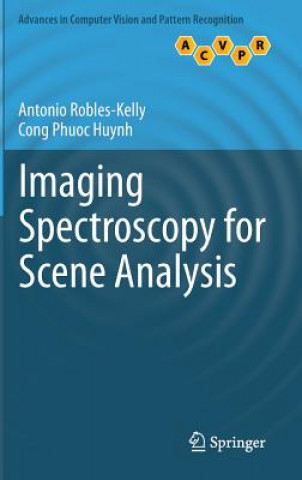
Kód: 01426105
Imaging Spectroscopy for Scene Analysis
Autor Antonio Robles-Kelly, Cong Phuoc Huynh
In contrast with trichromatic image sensors, imaging spectroscopy can capture the properties of the materials in a scene. This implies that scene analysis using imaging spectroscopy has the capacity to robustly encode material sig ... celý popis
- Jazyk:
 Angličtina
Angličtina - Vazba: Pevná
- Počet stran: 270
Nakladatelství: Springer London Ltd, 2012
- Více informací o knize

3313 Kč

Skladem u dodavatele v malém množství
Odesíláme za 12-15 dnů
Potřebujete více kusů?Máte-li zájem o více kusů, prověřte, prosím, nejprve dostupnost titulu na naši zákaznické podpoře.
Přidat mezi přání
Mohlo by se vám také líbit
-
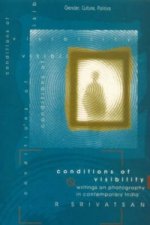
Conditions of Visibility
1664 Kč -

Zodiac Academy
631 Kč -

Gulls of Europe, North Africa, and the Middle East
1012 Kč -

The Queen's Gambit
243 Kč -

I Am Serena
628 Kč -

Harrow the Ninth
566 Kč -

My Memoires
479 Kč -

Atlas of Abdominal Wall Reconstruction
6193 Kč -

Sky Is Everywhere
234 Kč -

Naked Nude
1351 Kč -

Helms to Hello
271 Kč -
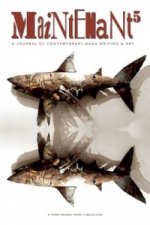
Maintenant 5
375 Kč -
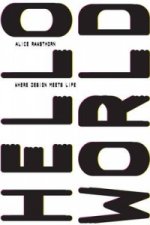
Hello World
615 Kč -

Insect Theatre
606 Kč -

Suburban Land Conversion in the United States
1550 Kč -

Natural Ventilation of Buildings - Theory, Measurement and Design
3721 Kč -
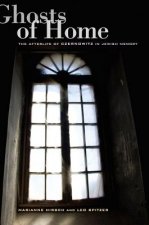
Ghosts of Home
2168 Kč -
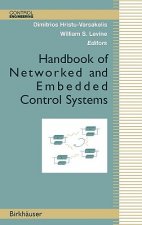
Handbook of Networked and Embedded Control Systems
8953 Kč -

Klaus Staeck and Gerhard Steidl: Beuys Book
1178 Kč -

One Language, Two Grammars?
2350 Kč -

Complete Illustrated Guide To - Tai Chi
423 Kč -

Smart Interiors
521 Kč -

Seria o komisarzu Williamie Wistingu Tom 4 Jedna jedyna
173 Kč -

Beyond Entrepreneurship 2.0
608 Kč -

Pin-up Wings. Bd.3
346 Kč -

Explorations
570 Kč -

Sorceleur, T1 : Le Dernier Voeu
555 Kč -
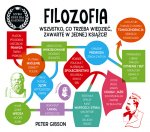
Filozofia. Szybki kurs dla każdego
477 Kč
Dárkový poukaz: Radost zaručena
- Darujte poukaz v libovolné hodnotě a my se postaráme o zbytek.
- Poukaz se vztahuje na celou naši nabídku.
- Elektronický poukaz vytisknete z e-mailu a můžete ihned darovat.
- Platnost poukazu je 12 měsíců od data vystavení.
Více informací o knize Imaging Spectroscopy for Scene Analysis
Nákupem získáte 331 bodů
 Anotace knihy
Anotace knihy
In contrast with trichromatic image sensors, imaging spectroscopy can capture the properties of the materials in a scene. This implies that scene analysis using imaging spectroscopy has the capacity to robustly encode material signatures, infer object composition and recover photometric parameters.§This landmark text/reference presents a detailed analysis of spectral imaging, describing how it can be used in elegant and efficient ways for the purposes of material identification, object recognition and scene understanding. The opportunities and challenges of combining spatial and spectral information are explored in depth, as are a wide range of applications from surveillance and computational photography, to biosecurity and resource exploration.§Topics and features: discusses spectral image acquisition by hyperspectral cameras, and the process of spectral image formation; examines models of surface reflectance, the recovery of photometric invariants, and the estimation of the illuminant power spectrum from spectral imagery; describes spectrum representations for the interpolation of reflectance and radiance values, and the classification of spectra; reviews the use of imaging spectroscopy for material identification; explores the recovery of reflection geometry from image reflectance; investigates spectro-polarimetric imagery, and the recovery of object shape and material properties using polarimetric images captured from a single view.§An essential resource for researchers and graduate students of computer vision and pattern recognition, this comprehensive introduction to imaging spectroscopy for scene analysis will also be of great use to practitioners interested in shape analysis employing polarimetric imaging, and material recognition and classification using hyperspectral or multispectral data.This book presents a detailed analysis of spectral imaging, describing how it can be used for the purposes of material identification, object recognition and scene understanding. The opportunities and challenges of combining spatial and spectral information are explored in depth, as are a wide range of applications. Features: discusses spectral image acquisition by hyperspectral cameras, and the process of spectral image formation; examines models of surface reflectance, the recovery of photometric invariants, and the estimation of the illuminant power spectrum from spectral imagery; describes spectrum representations for the interpolation of reflectance and radiance values, and the classification of spectra; reviews the use of imaging spectroscopy for material identification; explores the recovery of reflection geometry from image reflectance; investigates spectro-polarimetric imagery, and the recovery of object shape and material properties using polarimetric images captured from a single view.In contrast with trichromatic image sensors, imaging spectroscopy can capture the properties of the materials in a scene. This implies that scene analysis using imaging spectroscopy has the capacity to robustly encode material signatures, infer object composition and recover photometric parameters.§This landmark text/reference presents a detailed analysis of spectral imaging, describing how it can be used in elegant and efficient ways for the purposes of material identification, object recognition and scene understanding. The opportunities and challenges of combining spatial and spectral information are explored in depth, as are a wide range of applications from surveillance and computational photography, to biosecurity and resource exploration.§Topics and features:§Discusses spectral image acquisition by hyperspectral cameras, and the process of spectral image formationExamines models of surface reflectance, the recovery of photometric invariants, and the estimation of the illuminant power spectrum from spectral imageryDescribes spectrum representations for the interpolation of reflectance and radiance values, and the classification of spectraReviews the use of imaging spectroscopy for material identificationExplores the recovery of reflection geometry from image reflectanceInvestigates spectro-polarimetric imagery, and the recovery of object shape and material properties using polarimetric images captured from a single viewAn essential resource for researchers and graduate students of computer vision and pattern recognition, this comprehensive introduction to imaging spectroscopy for scene analysis will also be of great use to practitioners interested in shape analysis employing polarimetric imaging, and material recognition and classification using hyperspectral or multispectral data.
 Parametry knihy
Parametry knihy
Zařazení knihy Knihy v angličtině Technology, engineering, agriculture Other technologies & applied sciences Applied optics
3313 Kč
- Plný název: Imaging Spectroscopy for Scene Analysis
- Autor: Antonio Robles-Kelly, Cong Phuoc Huynh
- Jazyk:
 Angličtina
Angličtina - Vazba: Pevná
- Počet stran: 270
- EAN: 9781447146513
- ISBN: 1447146514
- ID: 01426105
- Nakladatelství: Springer London Ltd
- Hmotnost: 550 g
- Rozměry: 241 × 160 × 16 mm
- Datum vydání: 31. October 2012
Oblíbené z jiného soudku
-
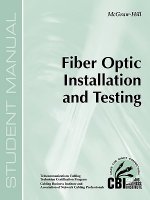
Fiber Optic Installation and Testing (400)
2241 Kč -

Remote Sensing of Vegetation
2026 Kč -
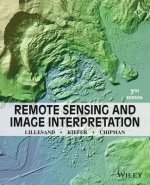
Remote Sensing and Image Interpretation 7e
5926 Kč -
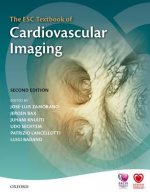
ESC Textbook of Cardiovascular Imaging
4926 Kč -
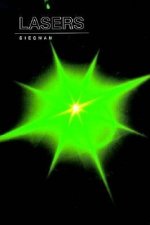
Lasers
3932 Kč -
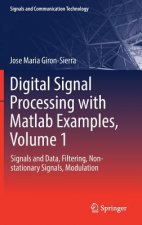
Digital Signal Processing with Matlab Examples, Volume 1
3682 Kč -
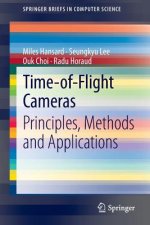
Time-of-Flight Cameras
2126 Kč -

Innovative Research in Thermal Imaging for Biology and Medicine
6638 Kč -
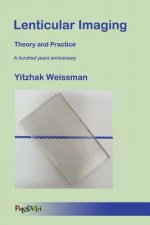
Lenticular Imaging
2063 Kč -

Starting Digital Signal Processing in Telecommunication Engineering
1830 Kč -
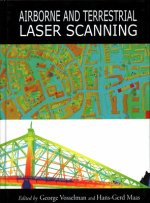
Airborne and Terrestrial Laser Scanning
2656 Kč -
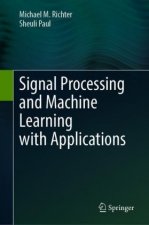
Signal Processing and Machine Learning with Applications
1452 Kč -
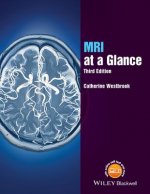
MRI at a Glance 3e
1545 Kč -
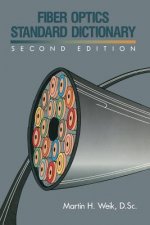
Fiber Optics Standard Dictionary
3313 Kč -
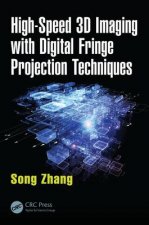
High-Speed 3D Imaging with Digital Fringe Projection Techniques
7284 Kč -

High Efficiency Video Coding (HEVC)
5391 Kč -
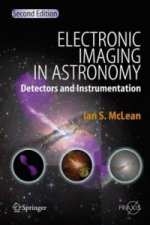
Electronic Imaging in Astronomy
1833 Kč -
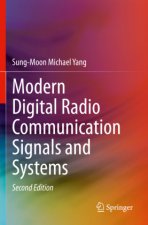
Modern Digital Radio Communication Signals and Systems
2126 Kč -
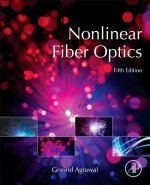
Nonlinear Fiber Optics
2949 Kč -
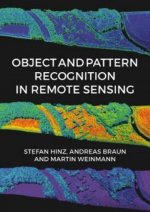
Object and Pattern Recognition in Remote Sensing
2987 Kč -
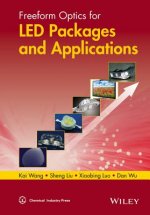
Freeform Optics for LED Packages and Applications
4618 Kč -
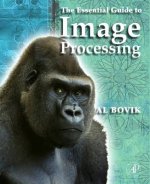
Essential Guide to Image Processing
2589 Kč -
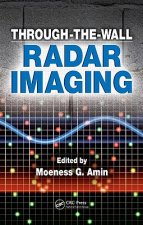
Through-the-Wall Radar Imaging
6680 Kč -
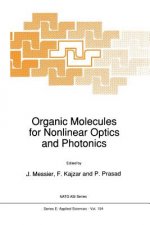
Organic Molecules for Nonlinear Optics and Photonics
6578 Kč -
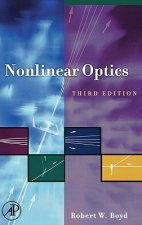
Nonlinear Optics
3105 Kč -
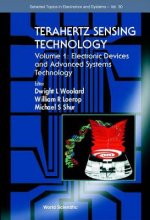
Terahertz Sensing Technology - Vol 1: Electronic Devices And Advanced Systems Technology
5859 Kč -
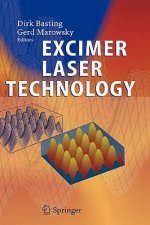
Excimer Laser Technology
8953 Kč -

CO2 Laser Cutting
4798 Kč -
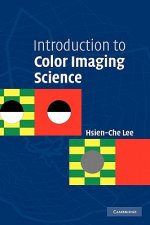
Introduction to Color Imaging Science
5482 Kč -
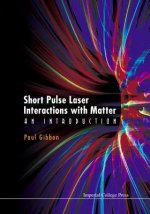
Short Pulse Laser Interactions With Matter: An Introduction
2276 Kč -
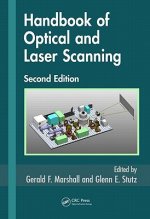
Handbook of Optical and Laser Scanning
6665 Kč -
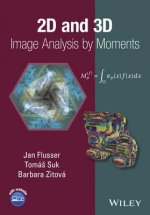
2D and 3D Image Analysis by Moments
3366 Kč -
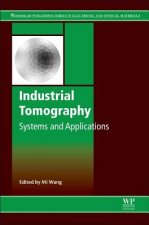
Industrial Tomography
11954 Kč -
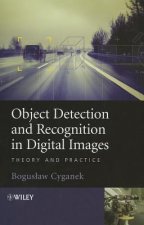
Object Detection and Recognition in Digital Images - Theory and Practice
4362 Kč -

Optical Tweezers
2387 Kč -

Laser Additive Manufacturing of High-Performance Materials
5985 Kč -
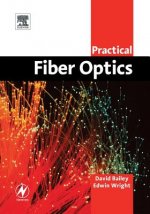
Practical Fiber Optics
1385 Kč -
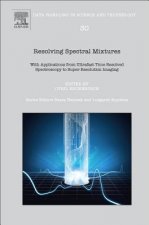
Resolving Spectral Mixtures
6572 Kč -
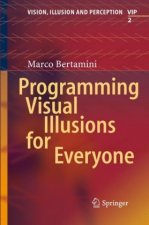
Programming Visual Illusions for Everyone
1384 Kč -
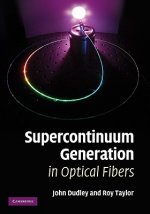
Supercontinuum Generation in Optical Fibers
5251 Kč -

Automatic Gain Control
4798 Kč -
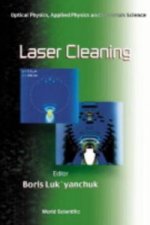
Laser Cleaning
5494 Kč -

Laser Additive Manufacturing of High-Performance Materials
5145 Kč -

Fractional Calculus for Scientists and Engineers
3313 Kč -
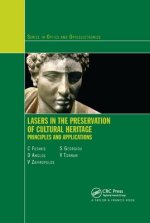
Lasers in the Preservation of Cultural Heritage
1544 Kč -
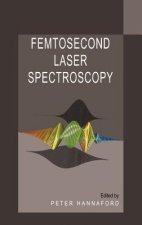
Femtosecond Laser Spectroscopy
5094 Kč -

Holographic Imaging
4251 Kč -
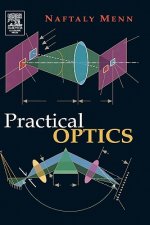
Practical Optics
3342 Kč -

Laser Engineering
3700 Kč
Osobní odběr Praha, Brno a 12903 dalších
Copyright ©2008-24 nejlevnejsi-knihy.cz Všechna práva vyhrazenaSoukromíCookies


 Vrácení do měsíce
Vrácení do měsíce 571 999 099 (8-15.30h)
571 999 099 (8-15.30h)